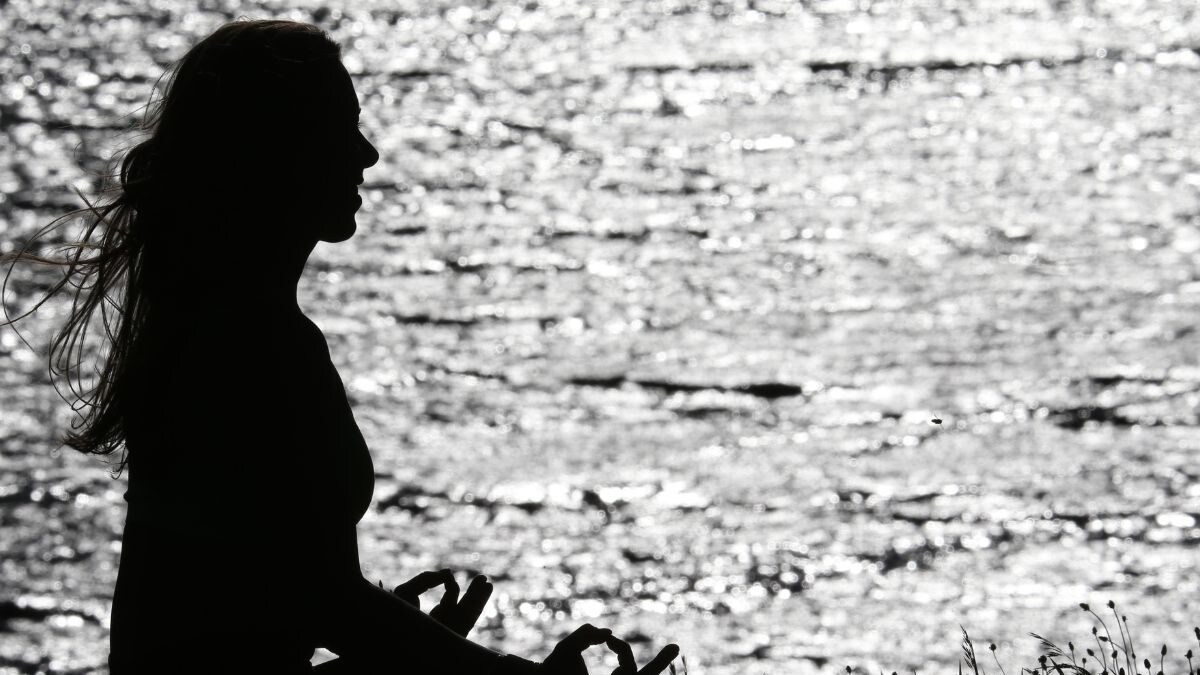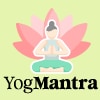YogMantra | Take a Step Towards Positivity Through These 3 Yogic Relaxation Techniques – News18
In the last article, Dr Hansaji Yogendra, Director of The Yoga Institute in Mumbai, talked about the need for Yogic Relaxation, which can greatly aid asanas and other yogic practices in healing the mind and the body. Over time, if done regularly and with the proper attitude, yogic relaxation techniques help develop an ease of living and peace.
“In today’s world, the demands of modern life can feel overwhelming, and hence, relaxation techniques like Shavasana, Makarasana, and Nispanda Bhava become very relevant. Their importance has been highlighted in programmes that were a blend of yogic wisdom and modern science. So, pause and nurture self-care and rejuvenation through relaxation,” she says while outlining the procedures and benefits of these three Yogic Relaxation Techniques.
Shavasana or the Corpse pose
The magic that takes place here is this: Complete relaxation of the voluntary muscles at once transfers the energy to the involuntary parts. This transfer of energy produces equilibrium that renews strength. The chief benefits are relief from both muscular and nervous tension, reduction in anxiety, and improvement in focus and mindfulness. It also normalises BP, pulse rate and respiration.
The steps: Lie on your back, face towards the sky, and arms and legs passively kept apart. Lay motionless like a corpse. Close the eyes and follow normal rhythmic breathing.
Without moving the body, consciously relax – 1) tips of the toes, 2) the ankles, 3) the knees, 4) the thighs and arms, 5) the anus, 6) the reproductive organs, 7) the navel, 8) the stomach, 9) the heart, 10) the neck, 11) the lips, 12) the tip of the nose, 13) the eyes, 14) the space between eyebrows, 15) the forehead, 16) the brain.
Maintain the relaxed state, continuing the deep and rhythmic diaphragmatic breathing.
When releasing the posture, gently open the eyes. Turn towards the right, lying there for a few minutes before getting up.
(Note: Not to be done in case of depression)
Matsyasana or the Fish pose
In this asana, the mind and body is relaxed. It promotes a sense of well-being and calmness, other than benefitting several body systems.
The steps: Sit with legs folded as in Sukhasana, Padmasana or Ardhpadmasana, with spine erect and shoulders relaxed. Gently recline backwards, supporting the body with arms and elbows, to lie flat on the back. Bring the hands under the head from the sides and clasp the opposite elbows. Let hands rest on the mat, under the head.
Maintain this position, breathing rhythmically, for two minutes. Release the posture by slowly unclasping the hands and bringing them back to the sides, and then with their support, gently come back to the starting position.
(Note: People with severe arthritis may need to skip this technique)
Nispanda Bhava – `Nispanda’ is absence of movement
This is one of the most powerful yogic techniques developed by Shri Yogendraji, founder of The Yoga Institute. Practised over time, it enables the practitioner to develop a `bystander’ or witness-like attitude and face the challenges of life.
The technique teaches us that life goes by just as the sounds around us; these sounds represent life, situations, people and feelings. We understand that they persist, acknowledge them and allow ourselves to move on without regret, analysis and judgement.
This practice also creates a feeling of ‘body forgetfulness’ which helps the body to heal faster and hence, it is recommended in every kind of sickness.
The steps: Sit on a mat leaning against a wall, legs outstretched and feet apart. Keep the spine naturally erect by keeping the hips close to the wall. Rest the hands on the thighs, palms and fingers relaxed and facing upwards. Close the eyes and passively hear any repetitive sound as well as other sounds in the surroundings.
Do not dwell on any sound. Let it go as it fades away and pick up on the next sound in the surroundings. If there are no sounds, focus on some light instrumental music but without lyrics. Sit in this manner for 5-15 minutes.
Attitude of Surrender is Key
There is a larger factor that is benevolent and wants us to grow and reach the highest level of understanding. Not realising that, we interfere and push our ‘I’ and ego and, in that, we are disturbing the arrangement.
Those who can learn to surrender to this higher power will gain the maximum from these relaxation techniques.
This is Part 2 of a series on Yogic Relaxation. Click here to read Part 1 on the role of relaxation in Yoga.
The author is a journalist, cancer survivor and certified yoga teacher. She can be reached at [email protected].
For all the latest lifestyle News Click Here


